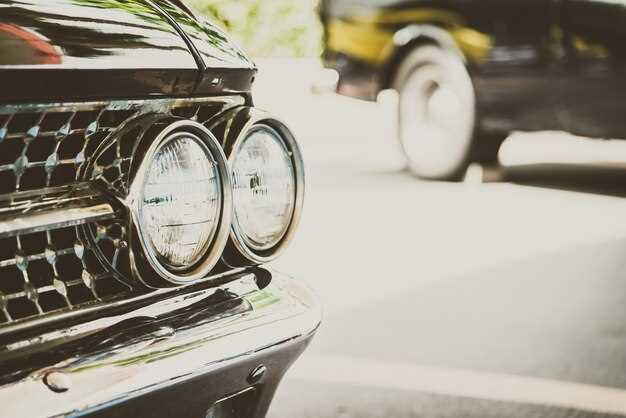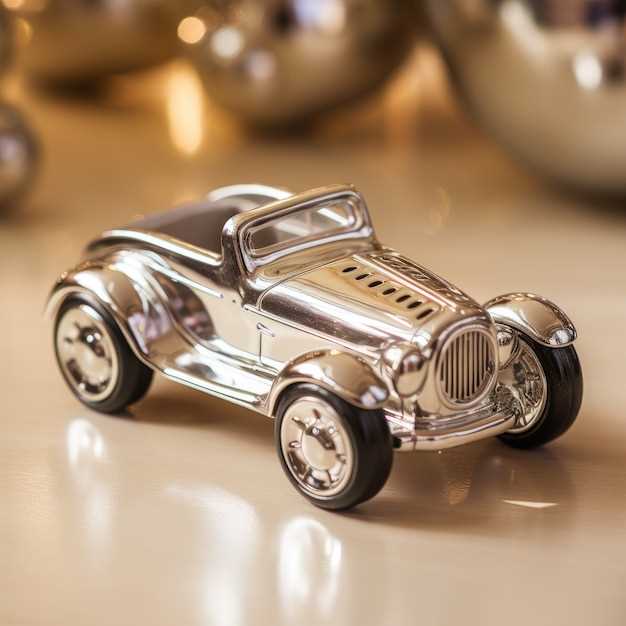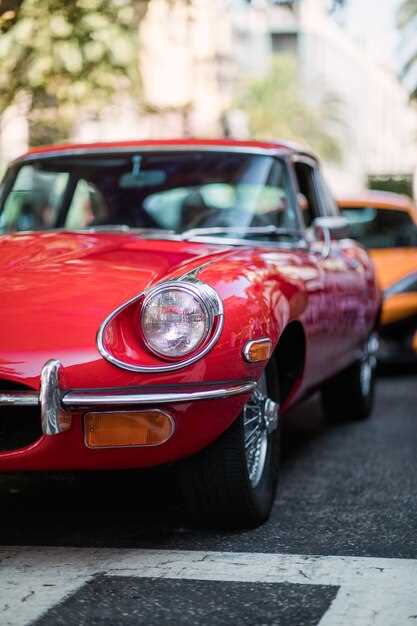
The value of classic cars has long captivated enthusiasts, collectors, and investors alike. As the automotive market evolves, understanding the dynamics that contribute to the appreciation of these vintage automobiles is essential for anyone interested in this passionate world. Various elements play a significant role in determining a classic car’s worth, from rarity and historical significance to market trends and condition.
One of the primary factors is rarity. Limited production models or those with unique features tend to garner higher prices due to their scarcity. As fewer of these vehicles remain on the road, their desirability increases among collectors. This principle is further compounded by the known history of the car, which includes its previous owners, notable achievements, or appearances in popular culture, making it even more sought after.
Furthermore, the condition of a classic car greatly influences its market value. A well-preserved vehicle that has undergone restorations using authentic parts is often more attractive to buyers than one in poor condition. Additionally, thorough documentation of the car’s history and maintenance can further enhance its value, as buyers are increasingly interested in the provenance and care that has gone into maintaining the automobile.
Market trends also play a vital role in shaping the appreciation of classic cars. Economic factors, shifts in collector demographics, and emerging interests in specific vehicle types can cause fluctuations in value. Awareness of these trends can help potential buyers and sellers make informed decisions in an ever-changing marketplace.
Market Trends Influencing Classic Car Prices

The classic car market has shown remarkable fluctuations over the years, influenced by a variety of economic, social, and cultural trends. Understanding these market dynamics is essential for collectors and investors alike. One of the primary factors affecting classic car prices is supply and demand. When a specific model becomes fashionable or desirable, its prices often rise due to limited availability. Collectors are frequently driven by nostalgia and the connection to classic automobiles, amplifying the demand for particular brands and models.
Another significant trend impacting classic car values is the rise of online auction platforms and marketplaces. These technologies have democratized access to classic vehicles, allowing buyers from all over the world to participate in auctions. Increased visibility often leads to higher bids and, consequently, increased market prices.
Additionally, economic conditions play a crucial role. For instance, during economic booms, individuals may have more disposable income, leading to an uptick in classic car purchases. Conversely, during recessions, luxury and collectible items typically see a dip in demand and, therefore, prices may decline. Inflation and interest rates also directly influence the purchasing power of potential buyers.
Environmental concerns and regulatory changes are becoming increasingly relevant in the classic car market. As the world moves towards electric vehicles and stricter emissions regulations, some collectors are reconsidering the long-term viability of traditional combustion engine cars. This shift may create new categories of classic vehicles that will gain value, while others may lose their allure.
Finally, social trends, including the rise of car clubs, shows, and enthusiast communities, can significantly influence car values. A thriving community not only fosters interest and passion for classic cars but also aids in establishing a vibrant market. Events such as car shows can serve as platforms for networking and enhancing the perceived value of specific models.
In summary, appreciation in classic car values is closely intertwined with market trends driven by supply and demand, technological advancements, economic factors, regulatory changes, and social dynamics. Understanding these influences is crucial for making informed purchasing and investment decisions in the classic car arena.
The Role of Rarity and Condition in Valuation

The value of classic cars is significantly influenced by two primary factors: rarity and condition. Each plays a crucial role in determining how much collectors and enthusiasts are willing to pay for a vehicle.
Rarity is often the most compelling factor. A limited production run or unique features can make a car exceptionally desirable. For example, vehicles produced in small quantities or those with specific options that were available for a short window tend to appreciate more rapidly. The scarcity of certain models can ignite bidding wars among collectors, further driving up market prices. In some cases, cars that were once overlooked can suddenly gain attention if they are discovered to be one of only a few units left in existence, elevating their status and value.
Additionally, the concept of condition cannot be understated. The overall state of a classic car greatly impacts its market value. Vehicles that have been meticulously restored or well-preserved tend to fetch higher prices compared to those that have languished in disrepair. A car’s condition is usually assessed through several indicators, including bodywork, engine performance, interior quality, and historical authenticity. Comprehensive documentation of restoration work and maintenance history enhances perceived value, assuring prospective buyers of the car’s reliability and heritage.
Moreover, original parts and adherence to factory specifications also play a fundamental role in a car’s condition. Cars that have retained their original components, rather than having undergone extensive modifications, are often more sought after. The authenticity associated with these vehicles contributes to their overall valuation in the classic car market.
In summary, rarity and condition are intrinsic to the valuation of classic cars. Collectors prioritize vehicles that are both scarce and in excellent condition, thus reinforcing their value in a competitive marketplace. As such, enthusiasts should carefully consider both factors when buying or selling classic automobiles, as they directly influence investment potential and desirability.
Impact of Historical Significance on Car Worth
The historical significance of a car plays a crucial role in determining its market value. Vehicles that are associated with important events, influential people, or significant advancements in automotive technology generally command higher prices. Collectors and enthusiasts often seek cars that tell a story, connecting them to a particular time period or cultural movement.
Provenance is a key factor in understanding a car’s historical significance. A vehicle with a well-documented history, including previous ownership by notable figures or its participation in prestigious events, enhances its desirability. For instance, a car that was once driven by a famous race car driver or featured in a major film can see its value soar due to this association.
Moreover, cars that marked technological breakthroughs or innovations are often revered for their contributions to the automotive industry. The introduction of features like fuel injection, anti-lock brakes, or electric drivetrains can increase a car’s worth as it represents a pivotal moment in automotive evolution.
The context in which a car was produced also adds layers to its historical significance. For example, vehicles from eras of economic turmoil or social change might be valued not just for their engineering but also for the narrative they embody about that time. Classic cars produced during the post-war boom reflect a period of optimism and expansion, making them particularly sought after.
Finally, rarity tied to historical context enhances value. Limited production runs or cars that were designed for specific markets can attract collectors looking to preserve pieces of automotive history. The combination of such factors elevates the perceived worth of classic cars far beyond mere mechanics, as they become symbols of their time.
